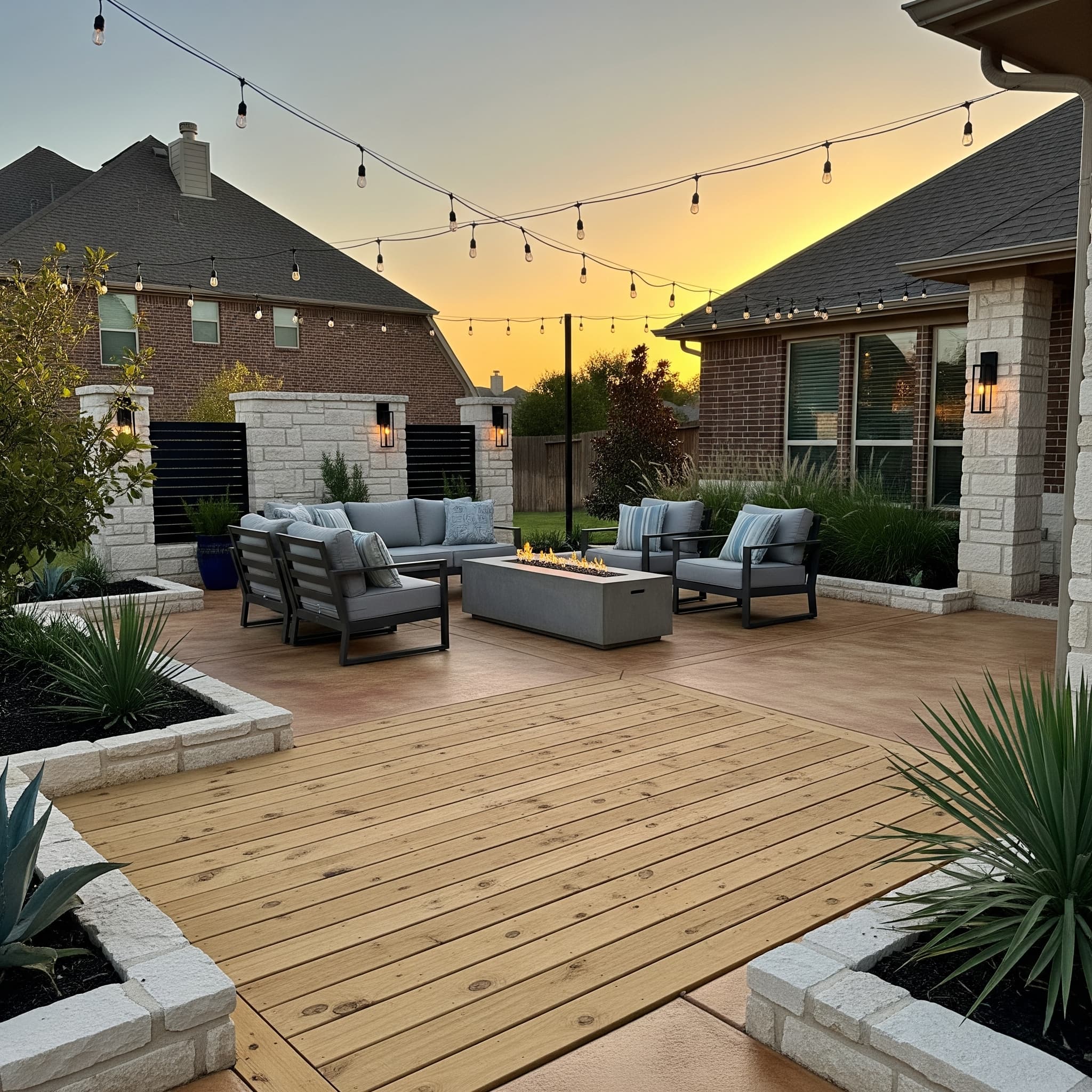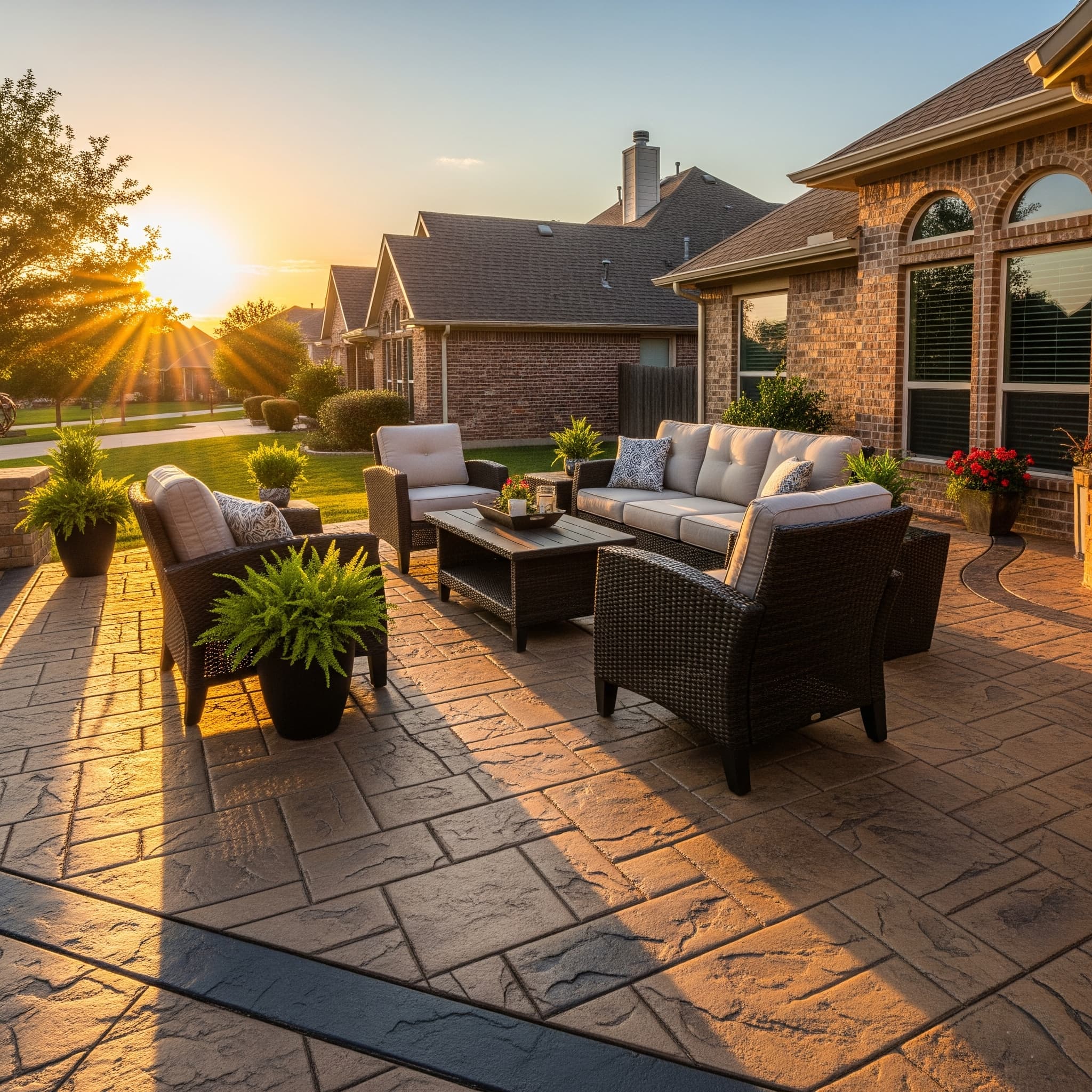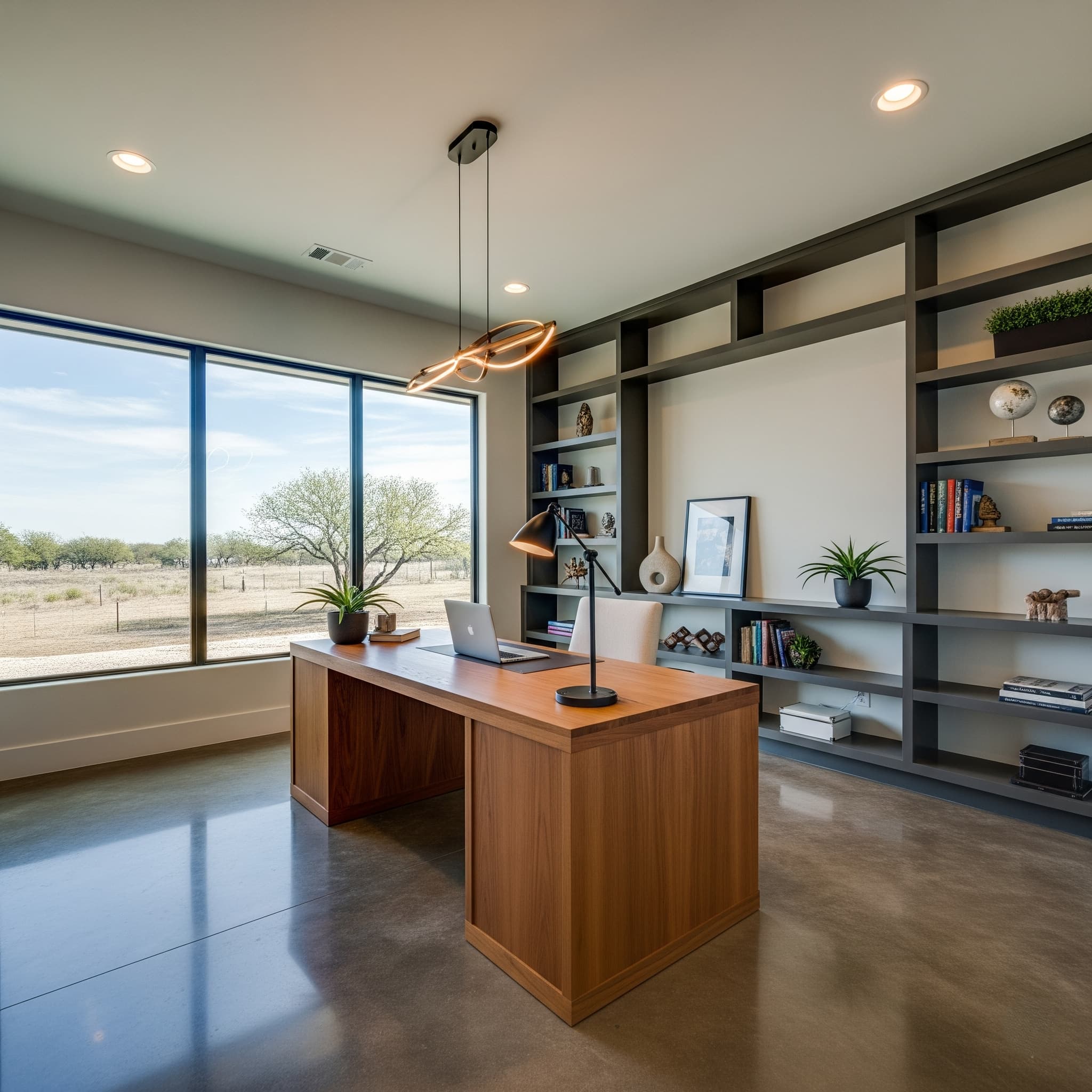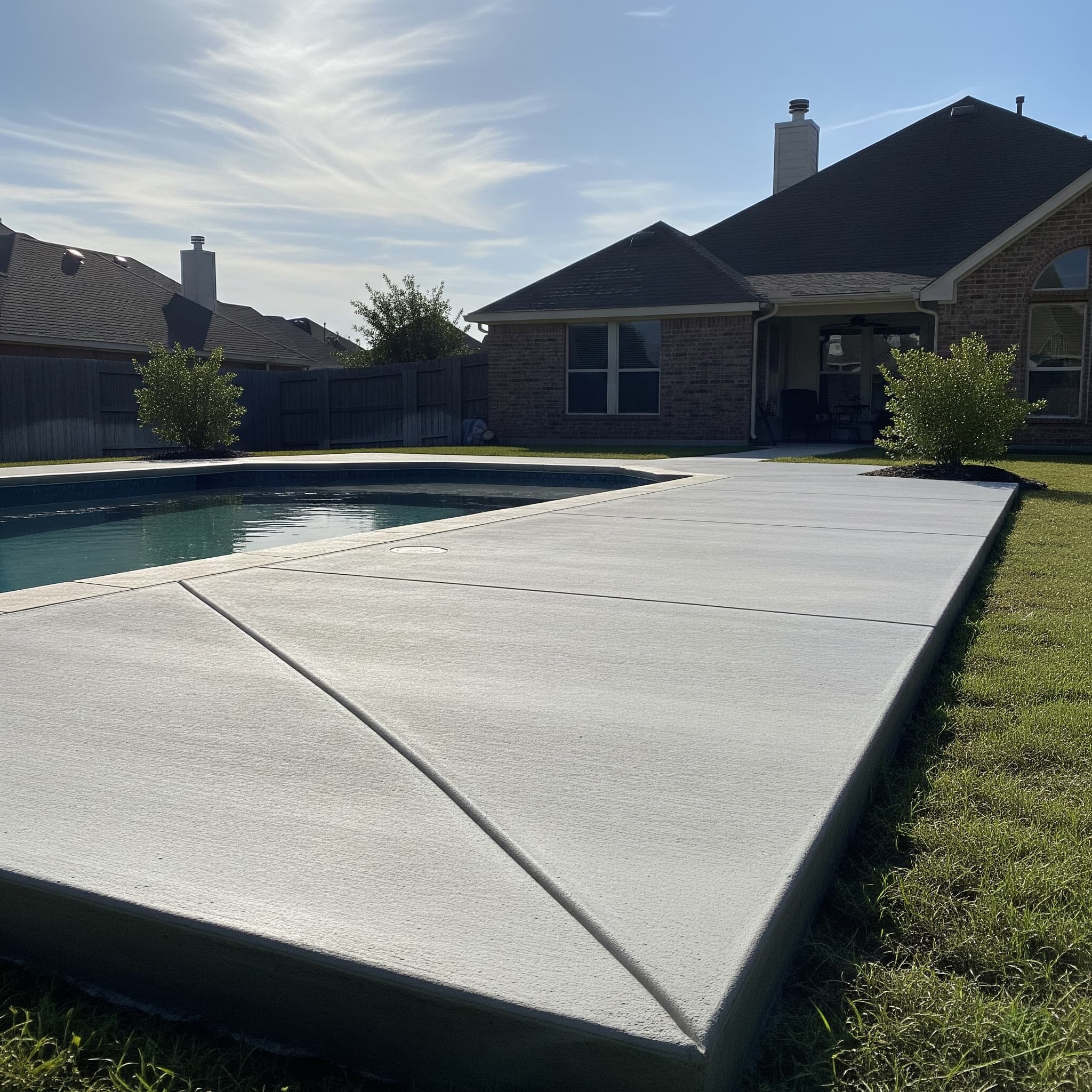
How to Prep for Concrete Resurfacing in Grand Prairie’s Climate
Concrete Resurfacing
Preparing for concrete resurfacing in Grand Prairie’s challenging climate requires understanding how extreme temperatures, humidity variations, and seasonal weather patterns affect both surface preparation and material application. Texas heat can reach over 100°F during summer months, while winter temperatures occasionally drop below freezing, creating unique challenges for resurfacing projects. Proper timing becomes critical as hot summers accelerate curing times and increase evaporation rates, while high humidity periods can interfere with adhesion and finishing processes. Professional preparation techniques account for Grand Prairie’s expansive clay soils, which continue to move beneath existing concrete surfaces throughout the year. Success depends on thorough surface assessment, appropriate material selection, and strategic scheduling that works with rather than against local weather conditions.
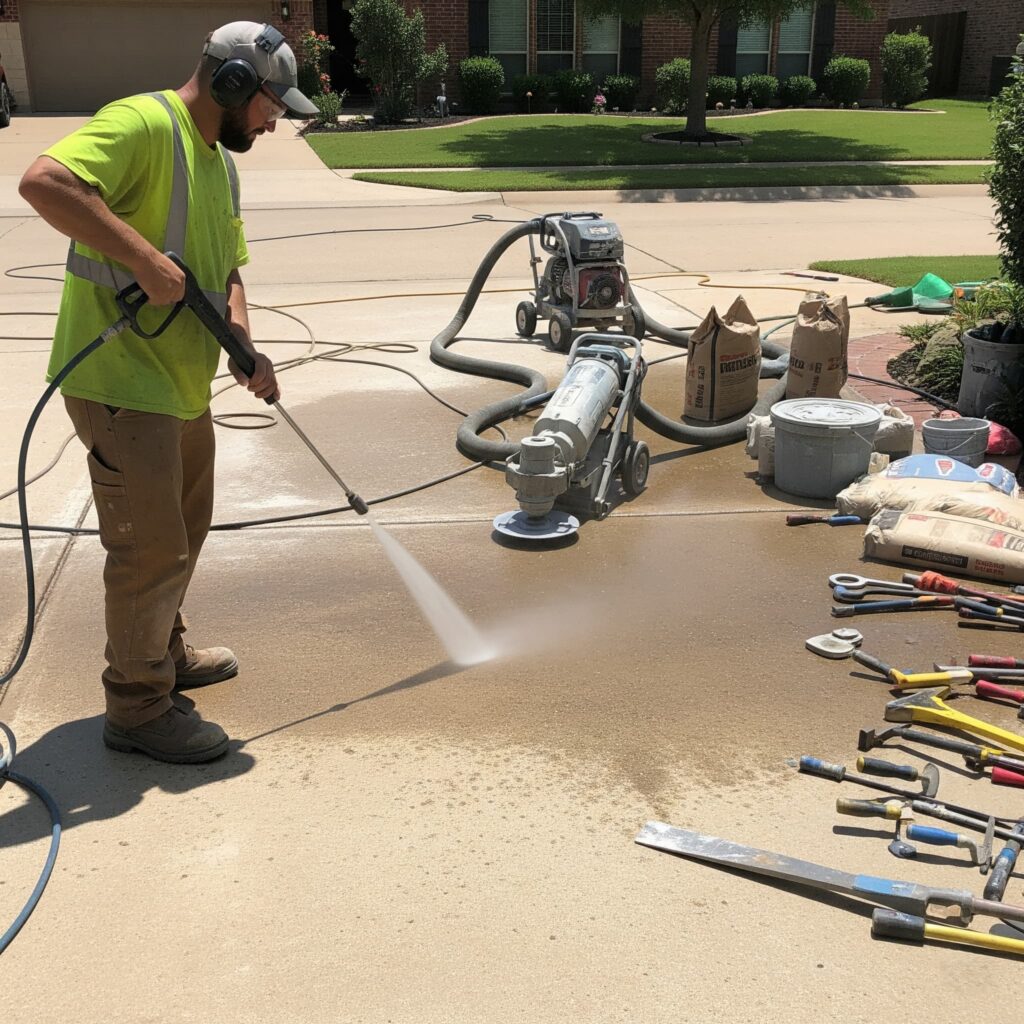
Understanding Grand Prairie’s Climate Challenges
Temperature Extremes and Their Impact
Grand Prairie’s hot summers can cause concrete surface temperatures to exceed 120°F in direct sunlight, well beyond most resurfacing materials’ recommended application ranges. These extreme conditions accelerate setting times dramatically, reducing working periods and potentially compromising surface quality if not properly managed.
Most manufacturers recommend 50 to 90 degrees as the ideal temperature range for applying concrete sealer and resurfacing materials. When temperatures exceed this range, chemical reactions occur too rapidly, leading to poor adhesion, surface defects, and premature failure of the resurfacing system.
Humidity and Moisture Considerations
North Texas experiences significant humidity fluctuations that directly affect resurfacing success. High humidity levels can prevent proper moisture evaporation from existing concrete, creating bonding issues between old surfaces and new materials. Conversely, low humidity combined with high temperatures creates rapid surface drying that leads to shrinkage and cracking.
Moisture management becomes particularly challenging near Joe Pool Lake and throughout Grand Prairie’s residential areas, where irrigation systems and natural drainage patterns create varying moisture conditions across individual properties. Professional preparation addresses these localized moisture variations through appropriate surface testing and treatment protocols.
Optimal Timing for Resurfacing Projects
Seasonal Planning Strategies
Fall represents the ideal season for concrete resurfacing throughout Grand Prairie. October through November provides moderate temperatures, lower humidity levels, and minimal precipitation that create optimal conditions for surface preparation and material application.
Spring presents secondary opportunities, typically from March through early May, before summer heat becomes problematic. However, spring weather patterns can be unpredictable, requiring flexible scheduling and contingency planning for sudden temperature changes or precipitation events.
Daily Timing Considerations
Professional contractors schedule resurfacing work during cooler portions of the day, typically starting before dawn and completing surface preparation before temperatures exceed 85°F. Early morning hours provide stable conditions with minimal wind and lower evaporation rates that support proper material application.
Evening work becomes necessary during the summer months, waiting until surface temperatures drop below recommended thresholds. This timing requires artificial lighting but provides better working conditions for detailed preparation and finishing processes.
Surface Assessment and Preparation
Existing Condition Evaluation
Thorough surface evaluation identifies structural problems, contamination sources, and underlying issues that could affect resurfacing performance. Professional assessment includes moisture testing, adhesion testing, and structural integrity evaluation that reveals problems invisible to untrained observers.
Grand Prairie’s expansive clay soils create ongoing movement that may manifest as settlement cracks, heaving, or differential movement across concrete surfaces. These underlying issues require correction before resurfacing to prevent future failure and ensure long-term performance.
Cleaning and Contamination Removal
Aggressive surface preparation removes all dirt, oil, dust, foreign contaminants, and laitance that could prevent proper bonding between existing concrete and resurfacing materials. Professional-grade equipment, including shot blasting or aggressive mechanical scarification, creates the surface profile necessary for optimal adhesion.
Oil stains, tire marks, and chemical contamination, common in concrete driveways, require specialized treatment before resurfacing. These contaminants penetrate concrete surfaces and continue to migrate upward through new materials unless properly addressed during preparation phases.
Material Selection for Texas Climate
Heat-Resistant Formulations
Resurfacing materials designed for Texas climate conditions incorporate additives that slow setting times and improve workability in high temperatures. These specialized formulations allow adequate working time for proper application and finishing even when air temperatures approach 90°F.
Premium materials include UV-resistant pigments and stabilizers that prevent color fading and surface degradation common in intense sunlight exposure. Properties near EpicCentral and Grand Prairie Stadium benefit from these enhanced formulations that maintain appearance despite constant sun exposure.
Moisture-Tolerant Systems
Advanced resurfacing systems accommodate the moisture variations typical in Grand Prairie’s climate without compromising adhesion or performance. These materials include moisture-mitigating primers that prevent bonding problems caused by residual moisture in existing concrete.
Vapor-permeable topcoats allow moisture vapor transmission while maintaining surface integrity, preventing blistering and delamination problems common with non-breathable systems applied over concrete containing residual moisture.
Equipment and Tool Preparation
Climate-Appropriate Equipment
Professional surface preparation requires equipment designed to operate effectively in Texas heat while maintaining worker safety and productivity. High-temperature-rated tools prevent breakdowns and ensure consistent performance throughout extended work periods.
Dust control systems become essential during dry periods when aggressive mechanical preparation creates airborne particles. Professional equipment includes integrated vacuum systems that capture debris while maintaining visibility and air quality for workers and nearby residents.
Cooling and Shade Systems
Temporary shade structures and misting systems help maintain workable surface temperatures during hot weather preparation. These systems allow work to continue safely while protecting both workers and materials from excessive heat exposure.
Chilled water systems for cleaning and dust control reduce surface temperatures while providing effective preparation results. This equipment proves particularly valuable for large projects where surface temperature management affects the entire installation success.
Moisture Management Protocols
Surface Moisture Testing
Professional moisture testing ensures existing concrete contains appropriate moisture levels for successful resurfacing adhesion. Various testing methods, including calcium chloride tests and relative humidity measurements, provide accurate assessments of subsurface moisture conditions.
Substrate temperature must be 5°F above the dew point to prevent condensation during material application. Professional contractors monitor both surface temperature and dew point throughout preparation and application phases to maintain optimal conditions.
Controlled Drying Techniques
When existing concrete contains excessive moisture, controlled drying techniques remove water without creating rapid surface changes that could cause cracking or dimensional instability. Professional drying methods maintain structural integrity while achieving target moisture levels.
Forced air circulation and dehumidification equipment accelerate moisture removal in a controlled fashion. This equipment proves particularly valuable in covered areas or during humid periods when natural drying rates remain insufficient for project schedules.
Weather Monitoring and Contingency Planning
Advanced Weather Tracking
Professional contractors utilize advanced weather monitoring systems that provide detailed forecasts for temperature, humidity, wind speed, and precipitation probability. This information allows precise scheduling and material preparation that maximizes success probability.
Real-time monitoring during work periods ensures conditions remain within acceptable parameters throughout preparation and application phases. Digital temperature and humidity meters provide accurate readings that guide decision-making processes.
Contingency Response Procedures
Detailed contingency plans address sudden weather changes that could compromise project success. These plans include procedures for protecting partially completed work, adjusting material application rates, and modifying techniques based on changing conditions.
Emergency equipment, including heating systems, cooling fans, and weather protection material, allows projects to continue despite unexpected conditions. Professional contractors maintain these resources to ensure project completion within scheduled timeframes.
Quality Control During Preparation
Surface Profile Verification
Proper surface profile creation ensures optimal mechanical bonding between existing concrete and resurfacing materials. Professional testing methods verify that preparation techniques achieve the specified surface roughness without creating excessive texture that could cause application problems.
Visual inspection combined with profile measurement tools confirms uniform surface preparation across the entire project area. This verification prevents localized bonding failures that could compromise overall system performance.
Cleanliness Standards
Rigorous cleanliness standards ensure all preparation debris, dust, and contamination are removed before material application. Professional cleaning techniques include final washing with clean water and compressed air drying that leaves surfaces ready for immediate coating application.
Final inspection protocols verify surface conditions meet manufacturer specifications and industry standards. This quality control prevents adhesion problems and ensures warranty coverage for completed installations.
Safety Considerations in Texas Heat
Worker Protection Protocols
Extreme heat conditions require comprehensive worker protection, including frequent hydration breaks, cooling stations, and modified work schedules that prevent heat-related illness. Professional contractors implement these safety measures as standard practice during summer operations.
Personal protective equipment designed for hot weather maintains safety while allowing necessary mobility and dexterity. Breathable materials and cooling accessories help workers remain productive while protecting against heat exposure.
Equipment Safety Measures
High-temperature operation requires equipment monitoring that prevents overheating and mechanical failure. Professional maintenance schedules account for increased wear rates and cooling requirements during hot weather operations.
Proper ventilation and cooling systems protect both equipment and workers from excessive heat buildup. These systems prove essential for enclosed work areas where natural air circulation remains insufficient.
Professional Installation Benefits
Climate Expertise and Experience
Professional contractors understand Grand Prairie’s specific climate challenges and adjust preparation techniques accordingly. Local experience prevents common mistakes while ensuring optimal results despite challenging environmental conditions.
Specialized equipment and materials designed for the Texas climate provide superior performance compared to generic approaches. Professional contractors maintain relationships with suppliers who understand regional requirements and provide appropriate products.
Warranty and Quality Assurance
Professional installations include warranties that protect against climate-related failures when proper preparation and application procedures are followed. This protection provides peace of mind for homeowners investing in concrete resurfacing projects.
We at Grand Prairie Concrete Pros understand the unique challenges that Grand Prairie’s climate presents for concrete resurfacing projects. Our team’s extensive experience with local weather patterns, soil conditions, and material performance ensures successful preparation and installation regardless of seasonal variations. From initial surface assessment through final quality inspection, we implement proven techniques that account for Texas heat, humidity fluctuations, and soil movement characteristics. Our comprehensive approach protects your investment while delivering lasting results that enhance both the appearance and functionality of your concrete surfaces.
